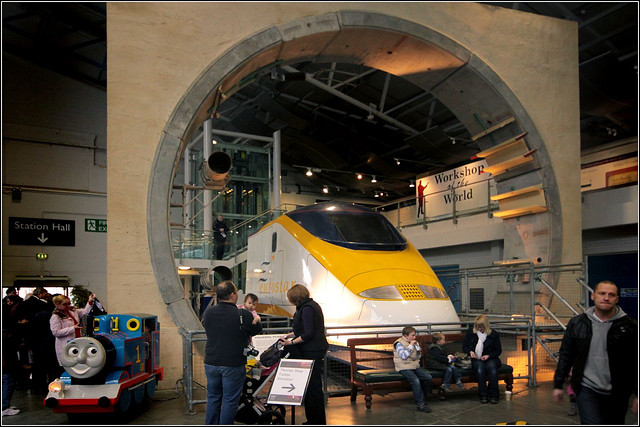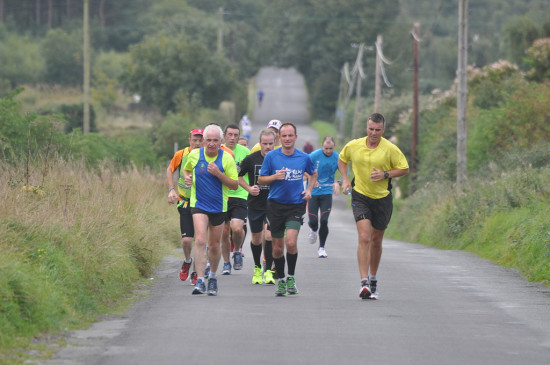Earning the coveted distinction of being one of the seven wonders of the modern world, the Channel Tunnel, popularly referred to as the Chunnel, is an awe-inspiring engineering feat, expected to last for at least another century. Running right beneath the English Channel, connecting the European mainland, France with England, the Chunnel has revolutionised cross-channel travel, making it simply faster, more comfortable, and continues to focus and improve on the safety factors, making it a great travel experience for casual and business travellers alike.
A Sneak Peek at History
Interestingly, despite several failed attempts to build this tunnel, it took the efforts of Mrs. Margaret Thatcher and Francois Mitterrand, who headed the political scenes of Britain and France respectively in the year 1984, to look beyond political discord, and Britain’s innate fear of invasion, as well as influx of diseases from the mainland to go on with the Chunnel Project. Executed in a five-year time-span, the chosen company, not only proposed a viable plan, but also had to fund its own project, apart from operating the channel link when it was completed. The Chunnel, undoubtedly, the longest underwater tunnel as of today, has been in use for about 20 years now.
Interesting Facts
With several interesting facts to its credit, first timers may, in fact, be surprised to know that the Chunnel houses 3 tunnels, one each from and to Mainland that are used by the high-speed trains, and the third tunnel between these two, which serves as a maintenance channel. Ever since being open to traffic for the first time in 1994, about 265 million passengers, 600,000 pets and large number of vehicles have crossed the Channel.
Travel Experience
Ferries and flights served as the primary mode of travel for people looking to cross the English Channel prior to the days of the Chunnel. Ferries to France, right across the Channel, can be quite tiring, especially in rough weather and choppy waters, taking at least a couple of hours to reach the other side. While ferries were the only way people could transport their vehicles across the Channel, flights proved a better alternative for business or casual travel, but still had the check-ins and security checks at the various terminals.
Booking a ticket on one of the high-speed trains from EuroStar or Eurotunnel that ply across the channel is the cheap and best way to span the distance. With a train departing every 15 minutes from terminals across the Channel, it is quite easy to board the next train, even without prior booking.
A hassle-free city-to-city travel (across continents), no border checks, no waiting at the airports, no exposure to rough weather, easy to travel with pets, drive across to the mainland and even facilities for motorcycles and cycles on board – Channel Tunnel has drastically cut down travel time to just 35 minutes between Folkestone in Kent, and Coquelles in Calais.
Revolution Continues
High-speed trains continue to entice travellers with comfort, safety as well as travel time. With Deutsche Bahn being cleared to operate its 200mph Inter City Express (ICE) between Germany and London, travellers may just be on the verge of experiencing a new high in cross-channel travel. The ICE services are expected to connect London with both Germany as well as Holland, with the trip to Berlin taking just four and a half hours.




